We need to stop asking the folks at Abrams to stop trying to raise the ante with their Abrams Block Book series. Both of our children learned their ABC’s with them, mastered their numbers, had fun with dinosaurs, and more. They’ve gone to space with Space Block, learned about love with Love Block, and even went the Disney route with Star Wars Block and others. It’s an Abrams Block Book world and we’re just living in it. That’s what you think if you’re a four-year-old child who is digging into those high-quality, board books that don’t treat babies like babies. Bug Block follows the same format as the others, but if it’s not broken and your audience is always moving on, why change it?
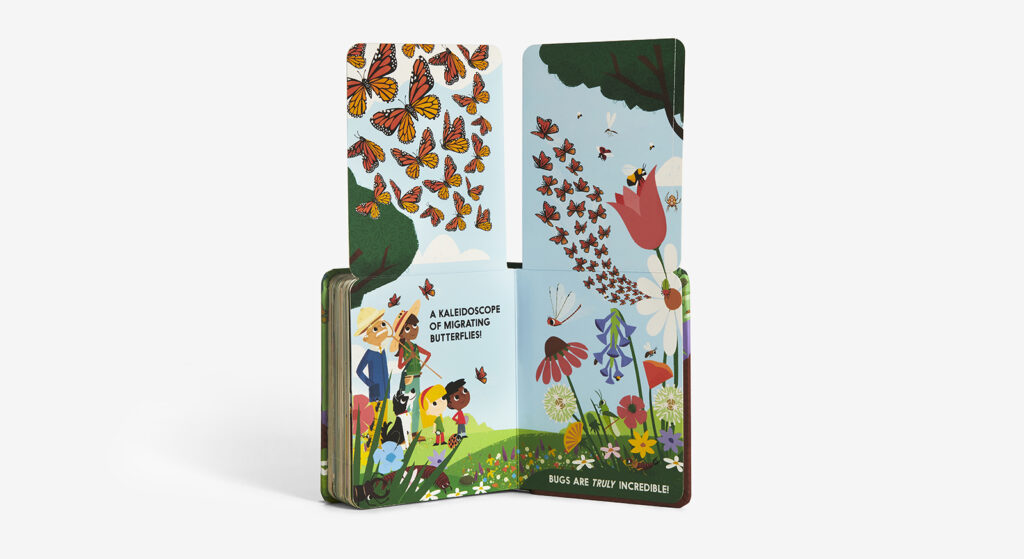
Bug Block is STEM-smart in all of the right ways. For example, those pre-k ages might start to watch Larva on Netflix. Larva has a dung beetle that sometimes makes an appearance in this cartoon that slowly weaves its way into your consciousness. The dung beetle can lift 1,000 times their own weight, a fact that the book introduces you to. Astute viewers of Larva now know that the dung beetle in that show deserves its own spin-off and has obviously been holding back its strength.
But wait, there’s more. That same page folds out one time revealing the green underbrush and showing spider crickets that can jump 60 times their body length. When you turn the page again you’ll meet a Chinese Stick Insect that’s the longest bug in the world, with some of them measuring longer than two feet! In true Abrams Board Book style of over-delivering, that page itself opens up to reveal a partially extended tape measure extending out to just over two feet. I say ‘partially extended’ because the inches on the pages realistically show how long they are, so we do not see the first couple of inches.
Fairyflies are the world’s smallest bugs, with an illustration of one of them shown at 300 times their normal size. Every page of Bug Block has something that’s engaging, educational or entertaining. The graphics are fun to look at and the pages are designed so that every other one of them pops out, up or down to reveal another layer of bug life. It could be the anthill that goes into the ground, the page that folds out showing the butterfly evolving over a 14-day period, or the slightly smaller pages that resemble a notebook inside the book.
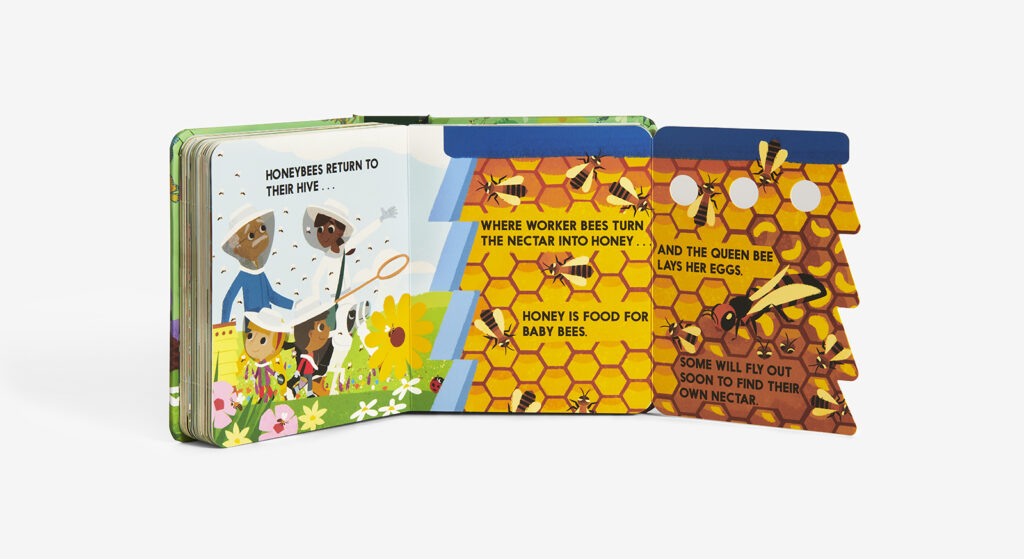
Young readers will trip over themselves with enjoyment when they initially discover Bug Block. They’ll look through the book again, in an attempt to see if they missed something a la ‘Where’s Waldo’. An adult might read the book with them then they’ll be able to understand the fascinating facts that are waiting for young readers. Then, they’ll think about them by themselves and ponder how impossibly small the fairyfly must be. They’ll pretend to see one, press their fingers together and do their best Kids In the Hall bit as they attempt to crush a bug that’s far too small to be seen with the naked eye.
If Bug Block is your first Abrams Block Book and you’re wary of board book construction you can rest easy. These books are durable and will last you longer than two children if the book is at home and for a couple of years if it’s in a classroom. It also just might inspire those pre-k or kindergarten kids to dig more into non-fiction or STEM-type subjects.
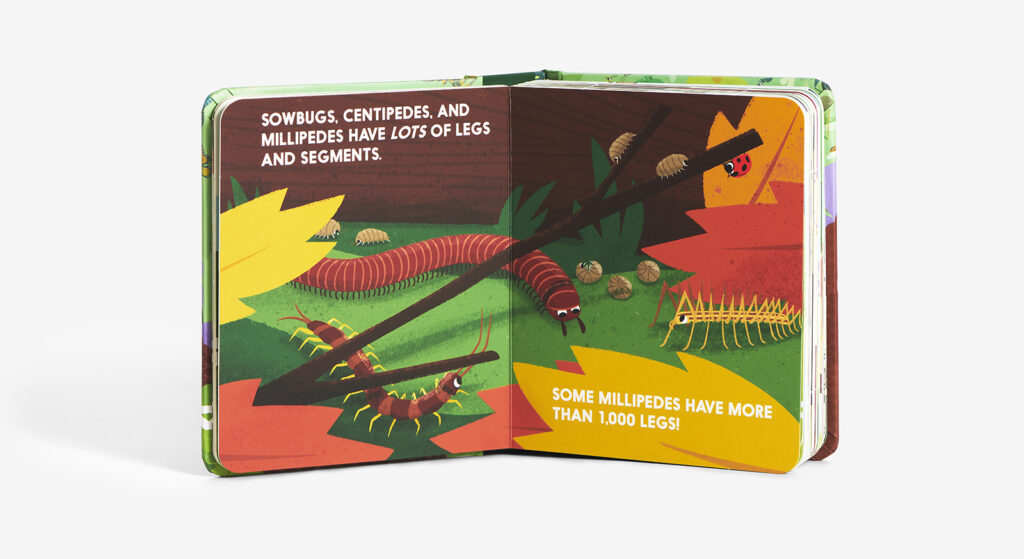
Bug Block is an Abrams Block Book and is by Christopher Franceschelli with art by Peski Studio and is available on Abrams Appleseed, an imprint of Abrams.
There are affiliate links in this post.

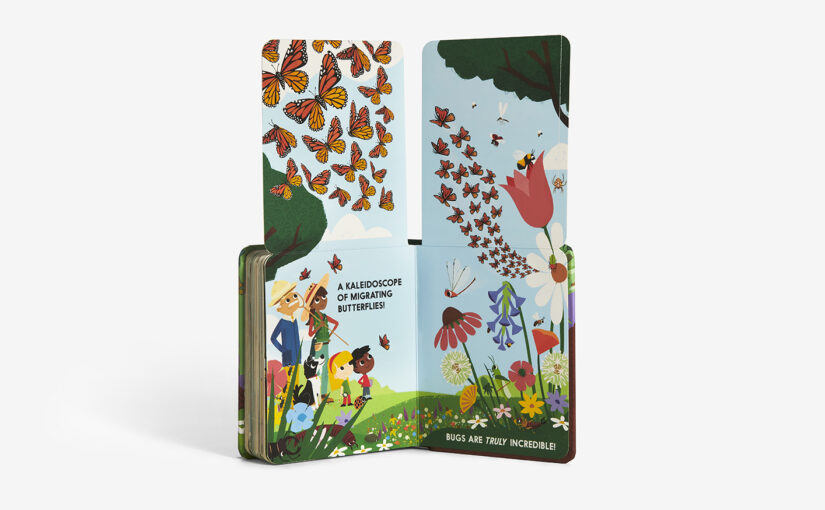
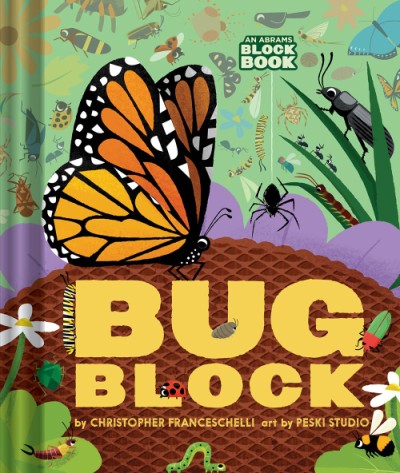



 Facebook
Facebook Twitter
Twitter Flickr
Flickr GooglePlus
GooglePlus Youtube
Youtube